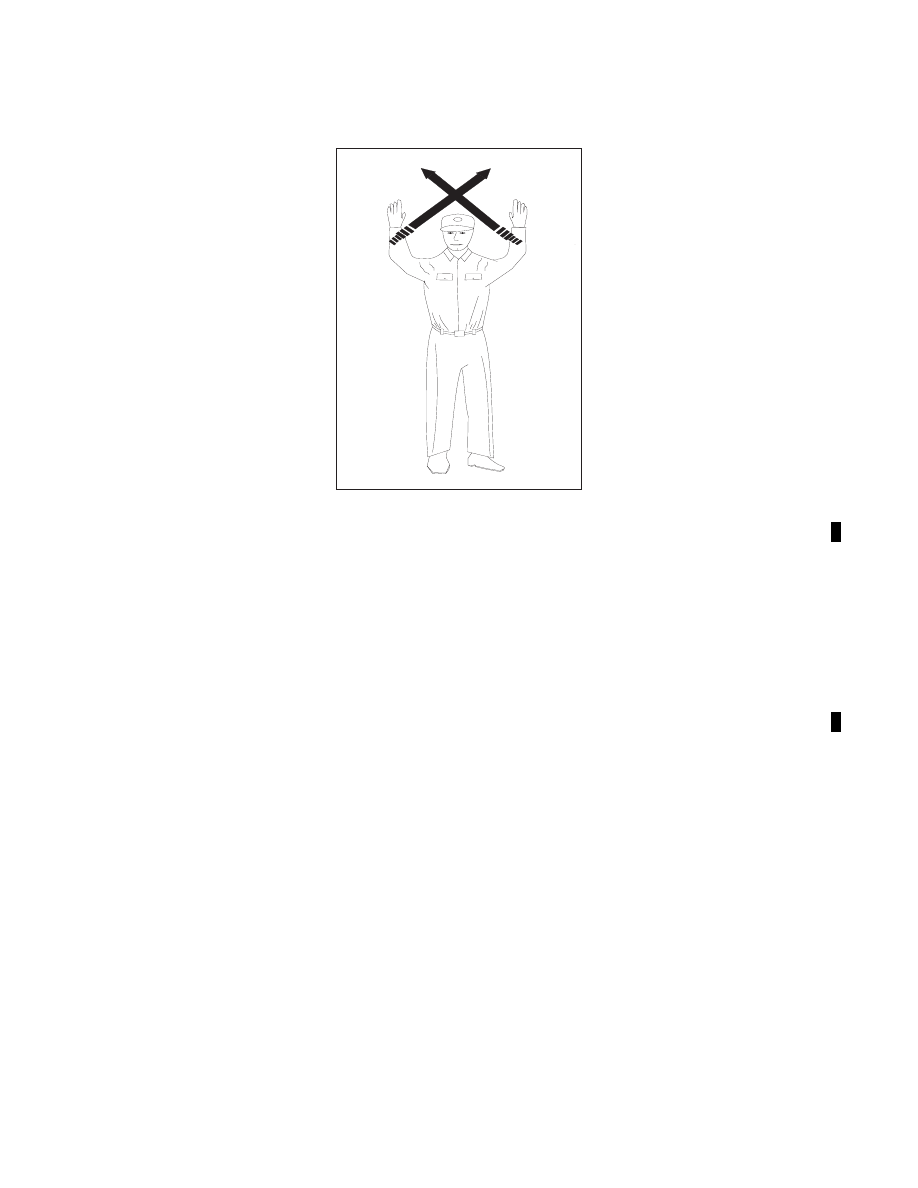
3/21/24
AIM
FIG 4
−
3
−
24
Stop
4
−
3
−
27. Operations at Uncontrolled Airports With Automated Surface Observing System
(ASOS)/Automated Weather Observing System (AWOS)
a.
Many airports throughout the National Airspace System are equipped with either ASOS or AWOS. At most
airports with an operating control tower or human observer, the weather will be available to you in an Aviation
Routine Weather Report (METAR) hourly or special observation format on the Automatic Terminal Information
Service (ATIS) or directly transmitted from the controller/observer.
b.
At uncontrolled airports that are equipped with ASOS/AWOS with ground
−
to
−
air broadcast capability, the
one
−
minute updated airport weather should be available to you within approximately 25 NM of the airport below
10,000 feet. The frequency for the weather broadcast will be published on sectional charts and in the Chart
Supplement. Some part
−
time towered airports may also broadcast the automated weather on their ATIS
frequency during the hours that the tower is closed.
c.
Controllers issue SVFR or IFR clearances based on pilot request, known traffic and reported weather, i.e.,
METAR/Nonroutine (Special) Aviation Weather Report (SPECI) observations, when they are available. Pilots
have access to more current weather at uncontrolled ASOS/AWOS airports than do the controllers who may be
located several miles away. Controllers will rely on the pilot to determine the current airport weather from the
ASOS/AWOS. All aircraft arriving or departing an ASOS/AWOS equipped uncontrolled airport should monitor
the airport weather frequency to ascertain the status of the airspace. Pilots in Class E airspace must be alert for
changing weather conditions which may affect the status of the airspace from IFR/VFR. If ATC service is
required for IFR/SVFR approach/departure or requested for VFR service, the pilot should advise the controller
that he/she has received the one
−
minute weather and state his/her intentions.
EXAMPLE
−
“I have the (airport) one
−
minute weather, request an ILS Runway 14 approach.”
REFERENCE
−
AIM, Para 7
10, Weather Observing Programs.
Airport Operations
4
−
3
−
37